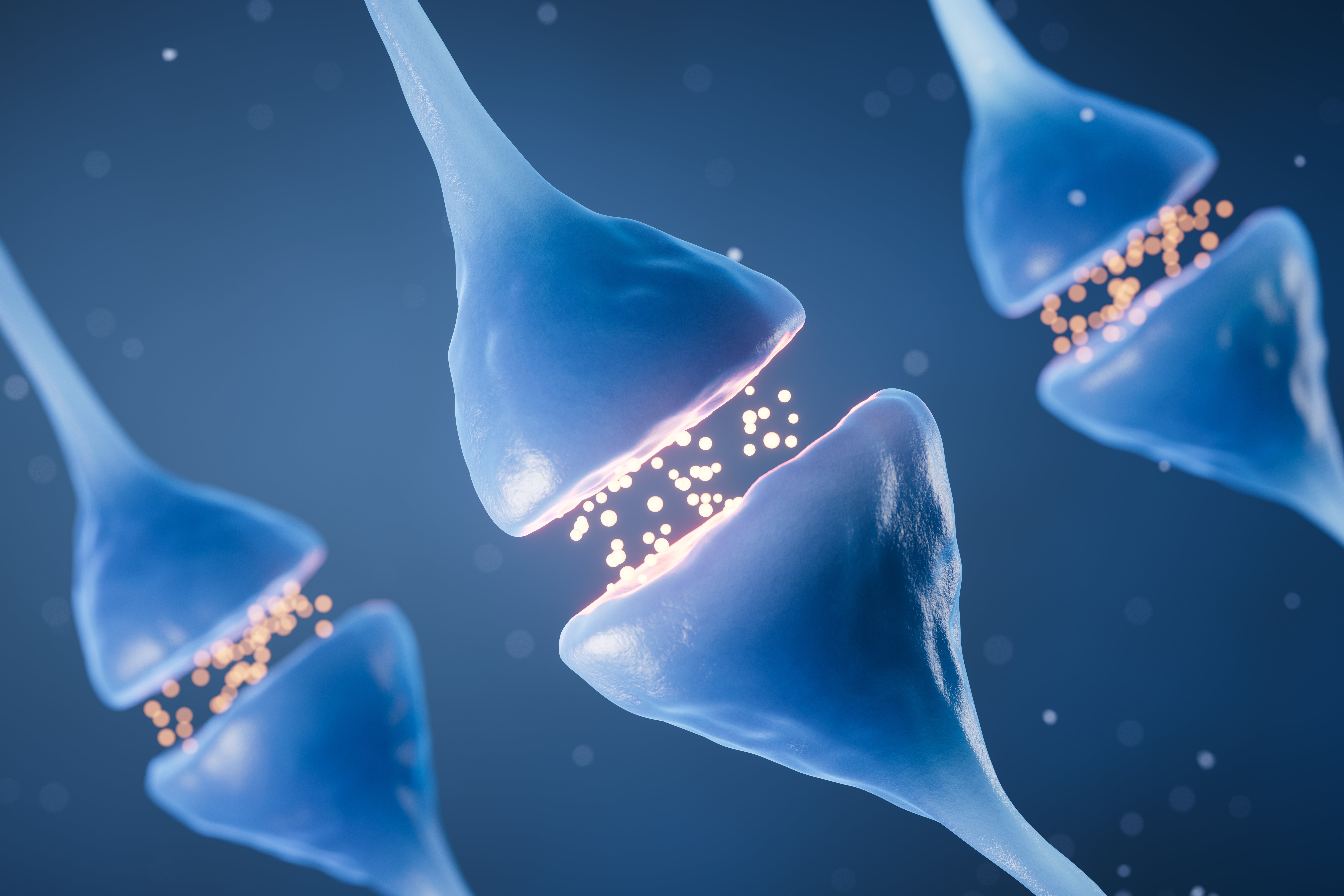
(Vienna, 11-06-2025) Researchers around the world are investigating the causes and treatment of Parkinson's disease, ADHD, and addiction. One key aspect of this research is the dopamine transporter DAT. In an international research project, scientists from Johannes Kepler University Linz, the Medical University of Vienna, and the NIH (National Institutes of Health, USA) have now investigated this protein in more detail and discovered previously unknown mechanisms. DAT has a special property: it is crucial for dopamine balance. This chemical messenger regulates aspects such as motivation, attention, and reward in the brain.
.
DAT ensures that this dopamine is removed again once it has fulfilled its task. "A malfunction here can have a massive impact on our behavior and lead to psychological or neurological problems," explains Peter Hinterdorfer (head of the Institute of Biophysics at JKU), who led the project together with his colleague Rong Zhu.
The study, entitled “Revealing the location and dynamics of a concealed binding site in the dopamine transporter,” which has now been published in Nature Communications, uses innovative force spectroscopy to break down the interaction forces between different substances and the DAT protein. With success: using this extremely precise measurement method (with a resolution down to individual molecules), the researchers were able to identify two docking sites where substances (e.g., drugs) can bind to DAT—one of which was previously unknown to science.
"The findings on this previously unobserved binding possibility of substances open up new possibilities for the targeted treatment of neuropsychiatric diseases in the future," explains Harald Sitte from the Center for Physiology and Pharmacology at the Medical University of Vienna; and: "We are already in the process of incorporating the insights from this publication into new project ideas and planning the next steps together." The length of time and strength with which substances can bind to DAT varies depending on the docking site – an enormously important question for the effectiveness of substances. For example, ADHD medications and drugs such as cocaine and amphetamines interact with DAT.
However, the researchers went one step further and tested mutations of the DAT protein to learn more about the binding of substances. "This is a significant step forward in our understanding of DAT and its role in neurotransmission," emphasizes Hinterdorfer. And that is crucial: "Based on these findings, drugs could be developed that bind only to specific sites on DAT," says Hinterdorfer. In this way, the effect of the drugs could be more targeted. Above all, however, undesirable side effects could be reduced or even eliminated altogether, paving the way for completely new treatments for ADHD, Parkinson's disease, and addiction.
Publication: Nature Communications
Revealing the location and dynamics of a concealed binding site in the dopamine transporter
Rong Zhu, Walter Sandtner, Thomas Stockner, Alexander Heilinger, Marion Holy, Oliver Kudlacek, Linda Wildling, Kusumika Saha, Anna Sophie Fröhlich, Michael Bindl, Paraskevi Tziortzouda, Anna Haider, JuliaGobl, Saanfor Hubert Suh, Jawad Akbar Khan, Julia Bicher, Nina Kastner, Andreas Ebner, Hermann J. Gruber, Michael Freissmuth, Amy Hauck Newman, Harald H. Sitte & Peter Hinterdorfer
https://doi.org/10.1038/s41467-025-59511-w
The study was selected by the editors of the journal for the "Editors' Highlights" in the category "Structural biology, biochemistry and biophysics":
https://www.nature.com/ncomms/editorshighlights